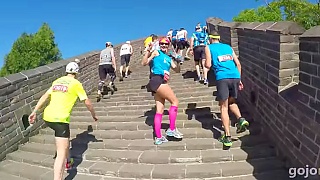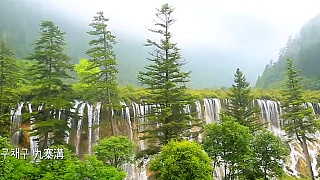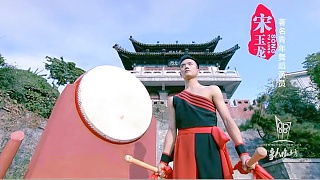Bonus film - 'DIY Wedding Photos', in LiJiang 丽江, a micro movie 浪漫的旅拍婚紗影像 ...
[320],shadow=true,start=,stop=
Live more ...
 Beautiful SanYa 三亚, HaiNan 海南 island
Beautiful SanYa 三亚, HaiNan 海南 islandBonus film - 'DIY Wedding Photos', in LiJiang 丽江, a micro movie 浪漫的旅拍婚紗影像 ...
[320],shadow=true,start=,stop=

|
HuangYaGuan Great Wall, near TianJin, one hour east of BeiJing by high speed rail, by the coast.
* 2015 ...
* 2016 ...
Race day film with Liza ...
|

|
No vocals or other emotional drivers; just calmness ...
|

|
Ten ideas ...
More ideas ...
|

|

|
JiuZhaiGou ('Nine Villages Valley') in south west China is a UNESCO World Heritage site, nature reserve and scenic area.
A great film by Sticker Travel ...
|

|
With China Walking Tour ...
Bonus film - with Walk East ...
|

|
|

|
Hong Kong family explore their ancestral origins, including the awesome Hakka tulou.
With Cynny Goes To China ...
|